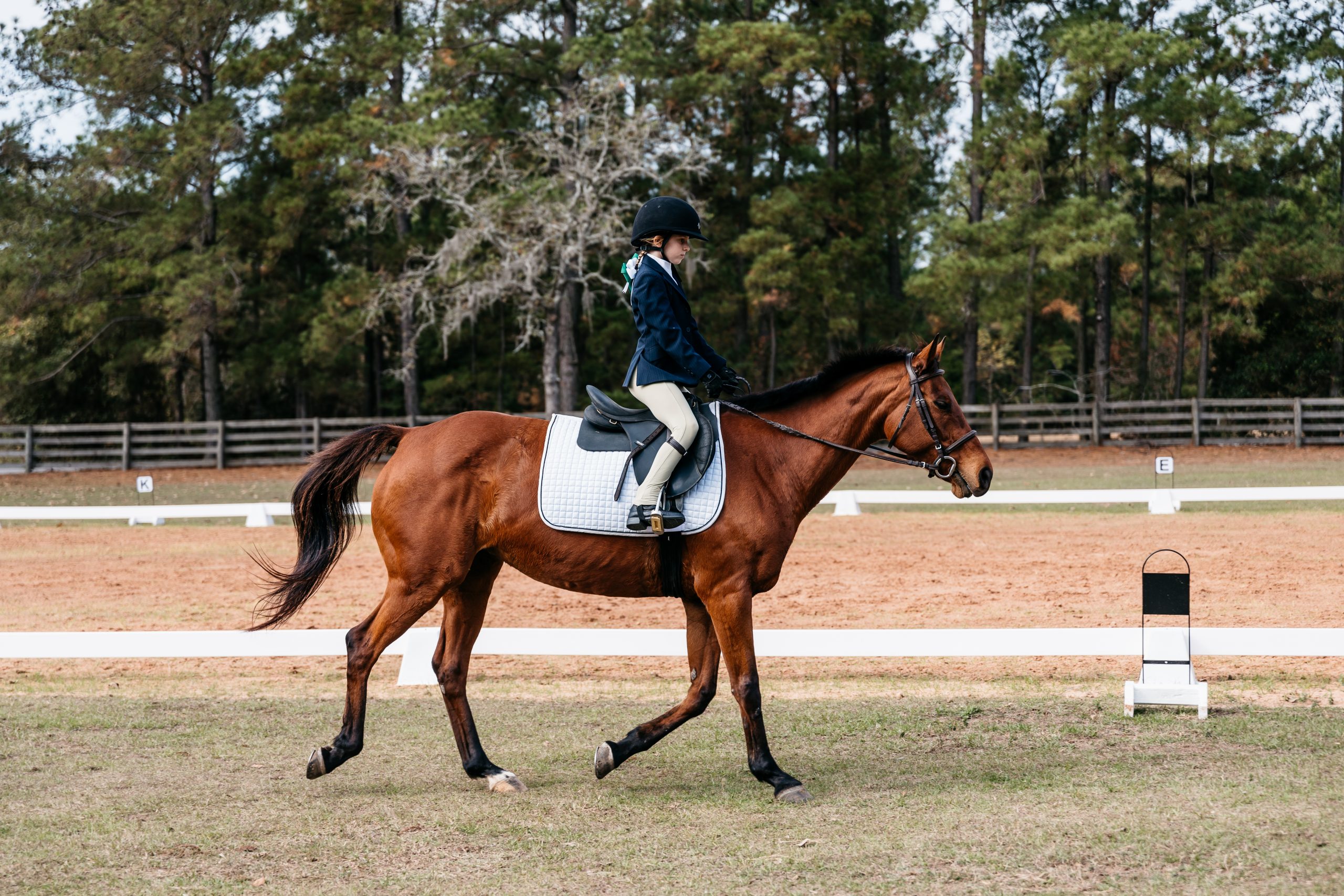Preparing your horse for a horseback riding series
Are you planning to go on a series of horseback riding tours? You will need to ensure that your horse is ready to get along with you. You should not be so overwhelmed by the excitement of the adventure that you fail to pay attention to the one that will make it happen. So, to make the most of your horseback riding in Austin, you should take care of all ends – your horse, most importantly.
A medical check-up for the horse
Firstly, you should see that your horse is taken through a comprehensive check-up by a certified veterinarian. This is to ascertain how fit the horse will be to get along. While the fun part cannot be denied, a riding series can be draining, especially for the horse. Therefore, it is incumbent that you do your due diligence in this respect. You wouldn’t want to struggle with a fainting horse while on the riding path. The veterinarian, upon completing the assessment, will communicate whatever may be wrong and also disclose the medical needs of your horse to sustain it through the journey.
Take your horse on short rides.
The weeks leading to the horseback riding series should be used in getting your horse fit for the task ahead – but be careful not to overwork it. You can look to cover between 8 – 10 miles on any three days of the week. This should be enough to keep the horse in shape. The conditioning you take your horse through should be done concerning the terrain you will be heading for.
Get the right shoe type.
Though having the horse ride barefooted may not always be an issue, you should still consider having it to wear shoes. You may end up on some not-so-pleasantly levelled terrains, so the shoes will work to give the needed protection. You should make sure you get a set of shoes that will be comfortable on your horse.

Feed the horse well
This is quite fundamental, but it is yet worth buttressing. You should ensure that your horse is sufficiently fed before you set out. You may have to watch out to see if it is consuming its feed at the normal rate. Your horse should not be made to ride on an empty stomach or when it is looking feeble.
Relatedly, while out on the ride, pay close attention to the horse to note any signs of dehydration. Loss of appetite, lethargy, fever, increased respiratory and heart rate, etc., are some of the signs of a dehydrated horse. So, you should have the horse drink water while you’re on the go. The horse may not care about going the extreme – continuing even when it is overly dehydrated – but this could lead to a devastating effect – death.
Final words
The ride is not all about you; this is something you must always be mindful of as you prepare for a horseback riding series. You are in on the fun; you should also be committed to making your horse very comfortable.
